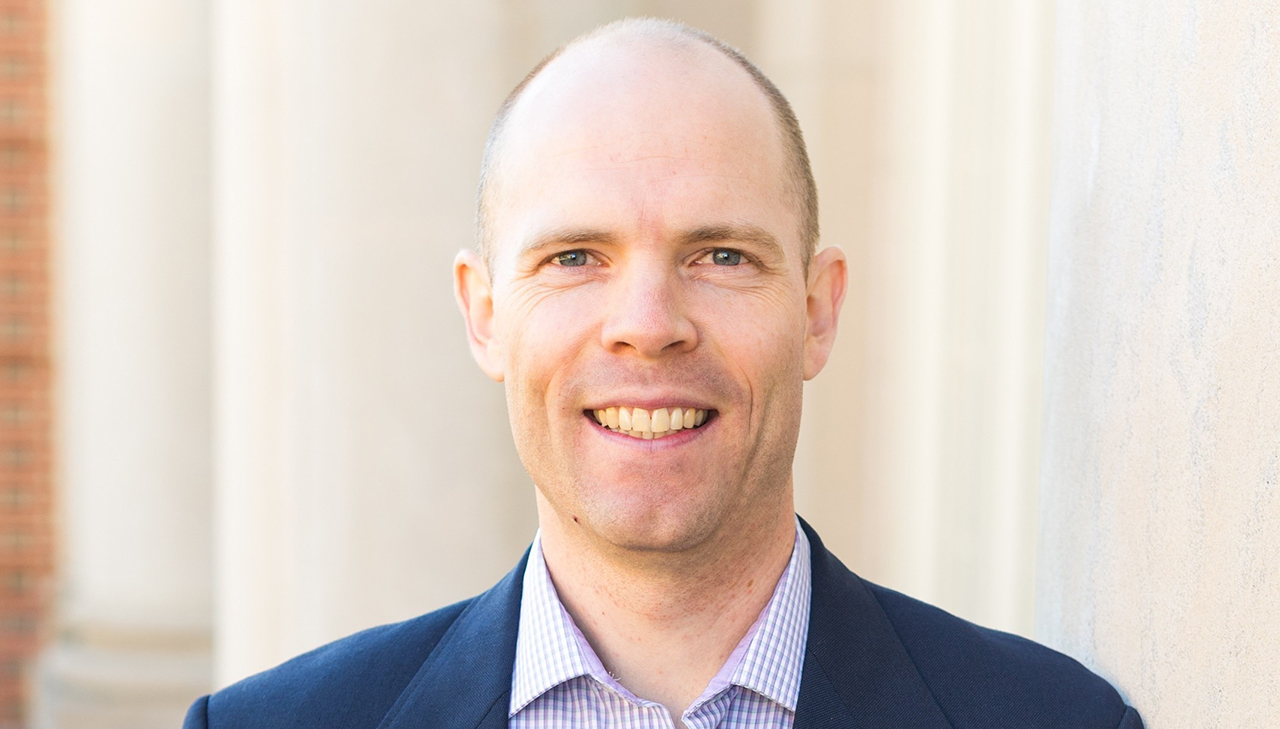
“We continually expect faster, more reliable and easily accessible technology which
can become available to healthcare patients through smart and wearable technology.
As this technology proliferates, it could result in telemedicine becoming embedded
into our daily lives.”
The Harbert College is dedicated to producing research that advances the academy,
extends business thought, and shapes best practice.
Whereas COVID-19 has dealt a mighty blow to economies, lives and the capacity of healthcare
systems, it has also changed the way we offer medical services. Telemedicine – where
physicians serve patients remotely – has firmly planted its flag on the U.S. healthcare
landscape.
Why? It’s convenient. It’s cost-effective. It offers an opportunity to improve service
capacity of hospitals.
 |
Dr. Uzma Raja, Systems and Technology Department Chair and Gayle Parks Forehand Professor
in Business Analytics at the Harbert College.
|
“People can now call their doctor and receive a consultation, or talk to a nurse,
and most health insurances will cover the charges” said Dr. Uzma Raja, Systems and Technology Department Chair and Gayle Parks Professor in Business Analytics at the Harbert College, who has long researched telemedicine’s trends, popularity and capabilities. “In the past, policies and regulations were a barrier to the adoption of Telemedicine.
I believe that the new policies in light of COVID-19 might help us move faster towards the adoption of Telemedicine.”
Telemedicine is best suited for residents in rural areas, eliminating long drives
to urban healthcare centers. Basic information and tests are recorded at local clinics
and forwarded to physicians, with time allotted for phone consultation. But was it
utilized enough? No … but it’s growing.
“When analyzing the trends of utilization of telemedicine, we see a significant, positive
shift,” Raja said. “In the month of December 2019, only 821 telemedicine related claims
were filed in Alabama. Fast forward to May 2020 … we had 109,888 claims for more than 64,000
unique patients. Even with the relaxation in the in-person clinic assistance, we see
a continued usage of telemedicine with more than 72,000 claims from 45,000 patients
processed through Medicaid in August (2020).”
Raja said that one of the past critical challenges to Telemedicine adoption has been
patient acceptance of this method of service delivery. “Some rural patients were making
longer drives to visit their doctor in-person rather than use Telemedicine,” Raja
said. “Warming up to the use of new technology takes time. However, it seems like
COVID-19 might have involuntarily forced patients to use telemedicine and patients
are now discovering the benefits of consuming technology-based health services. This
trend could fundamentally change the deployment of healthcare, especially to the rural
communities.”
Dr. Rafay Ishfaq, W. Allen Reed Associate Professor in Supply Chain Management at the Harbert College, said whereas telemedicine plays a large role in bridging
the logistics gap within the healthcare supply chain, it’s also helping already overburdened
hospitals increase their capacity to provide healthcare.
 |
Dr. Rafay Ishfaq, W. Allen Reed Associate Professor in Supply Chain Management at
the Harbert College.
|
“What COVID-19 has done is expose the operational limitations within the healthcare
system,” Ishfaq said. “With an aging population disproportionally impacted by COVID-19,
there has been a substantial additional burden on available capacity. At one end of
the spectrum, we have the option to invest a lot of money in building more hospitals,
increasing the size of waiting rooms or increasing the number of hospital beds. Or
… maybe we can invest in an alternate method of delivering healthcare where capacity
can be enhanced without extensive investments in the physical infrastructure.
“If we invest in access to broadband in rural communities, the enhanced infrastructure
could support the integration of technology-based healthcare delivery systems. Even
in the areas with a dense urban population, we would be able to extend the capacity
of healthcare systems without excessive and prohibitive financial investments.”
The impacts of COVID-19 on local hospitals’ health care capacities reveals that something
must be done. Can telemedicine hold the key?
“Yes, because physicians can reach out to customers, or patients, that are far beyond
the reach of their hospitals,” Ishfaq added. “I think COVID-19 has become like a pseudo-social
experiment for telemedicine. There’s an entire population that needs routine healthcare
services and there’s not enough capacity in the hospitals to be able to accommodate
this growing need.”
As the acceptance – and need – for telemedicine grows, so will its capabilities, Raja
said. “I see a bright future for telemedicine as long as the policies and technologies can keep up with the demand,” she said. “We continually expect faster, more reliable and easily accessible technology which can become available to health care patients through smart and wearable technology. As this technology proliferates, it could result in telemedicine becoming embedded into our daily lives.”
Raja and Ishfaq’s research on telemedicine, “Bridging the Healthcare Access Divide:
A Strategic Planning Model for Rural Telemedicine Network,” was published by Decision Sciences.


 Degrees & Programs
Degrees & Programs
 Faculty & Staff
Faculty & Staff
 Career Development
Career Development
 Recruiters & Industry
Recruiters & Industry






